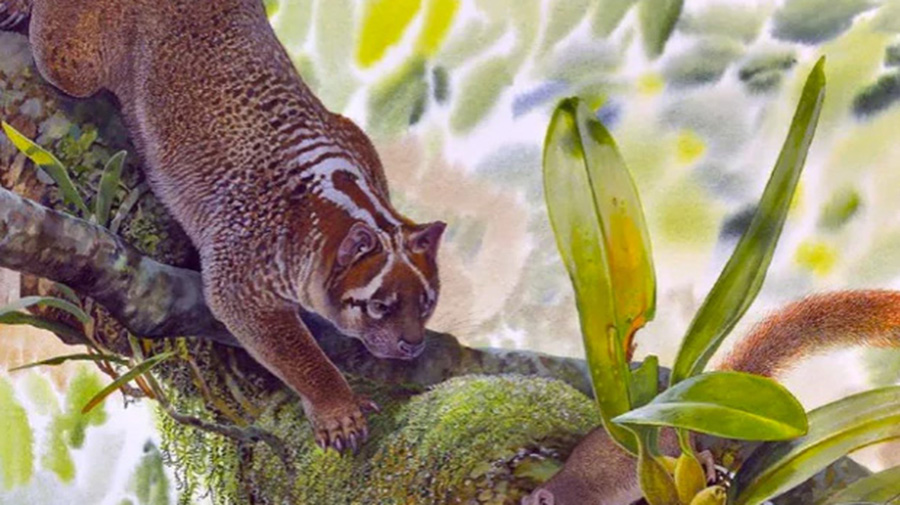Lekaneleo roskellya: 'Extraordinary' Discovery: Fossil of New Type of Lion Found in Australia

A new type of lion that roamed the country tens of millions of years ago has been discovered in northwest Queensland, Australia.
A fossil found in the Riversleigh World Heritage area near the border with the Northern Territory was originally thought to be part of a different genus of marsupial lions, but recent discoveries about variations in its teeth have shown it was actually a separate genus.
A new paper published by University of New South Wales (UNSW) researchers in the Journal of Vertebrate Paleontology said the lion was about the size of a house cat and roamed ancient Australia during the Oligocene-Miocene (about 23 to 34 million years ago).
The woman who discovered the fossil in 1997, Anna Gillespie, also co-authored the latest study that re-examined the fossil.
She originally gave the marsupial lion its scientific name Priscileo roskellyae, a reference to former federal minister Ros Kelly, who provided "significant support" to projects in the Riversleigh Heritage Area.
But it will now be reclassified as Lekaneleo roskellyae, after the team noted differences in its teeth from other members of the Priscileo genus.
A different marsupial lion found in Riversleigh was named Microleo attenboroughi after naturalist Sir David Attenborough.
Co-author Professor Michael Archer told ABC News the lion had teeth "capable of slicing straight through bones".
"They had an extraordinary, elongated, bolt-cutting type of premolar," he said.
"This was the most extraordinary adaptation or evolution that a carnivorous mammal has ever developed anywhere in the world."
He said the teeth were the reason the lion was now being recognised as a distinct genus.
"We've only just recognised [it's] highly different than any of the other previous ones we've seen — that's why it's been described now as a new genus of marsupial lion."
Long extinct, the new genus will go down alongside other relics of Australia's historical fauna.
Animals like the thylacine (commonly known as the Tasmanian tiger) and megafauna like the Diprotodon (the largest marsupial ever discovered) once called Australia home, along with other biologically diverse native animals.
Extinction fears are mounting for other Australian marsupials such as the platypus and koala, particularly since recent bushfires killed many koalas and decimated the habitat of those that remain.
Professor Archer said there were lessons to be learned from the latest discovery and the previous extinctions.
"It makes us understand that the total effect that has happened in Australia is a steady loss of the complexities that was normal in the forests in Australia."
Source: www.nzherald.co.nz/








